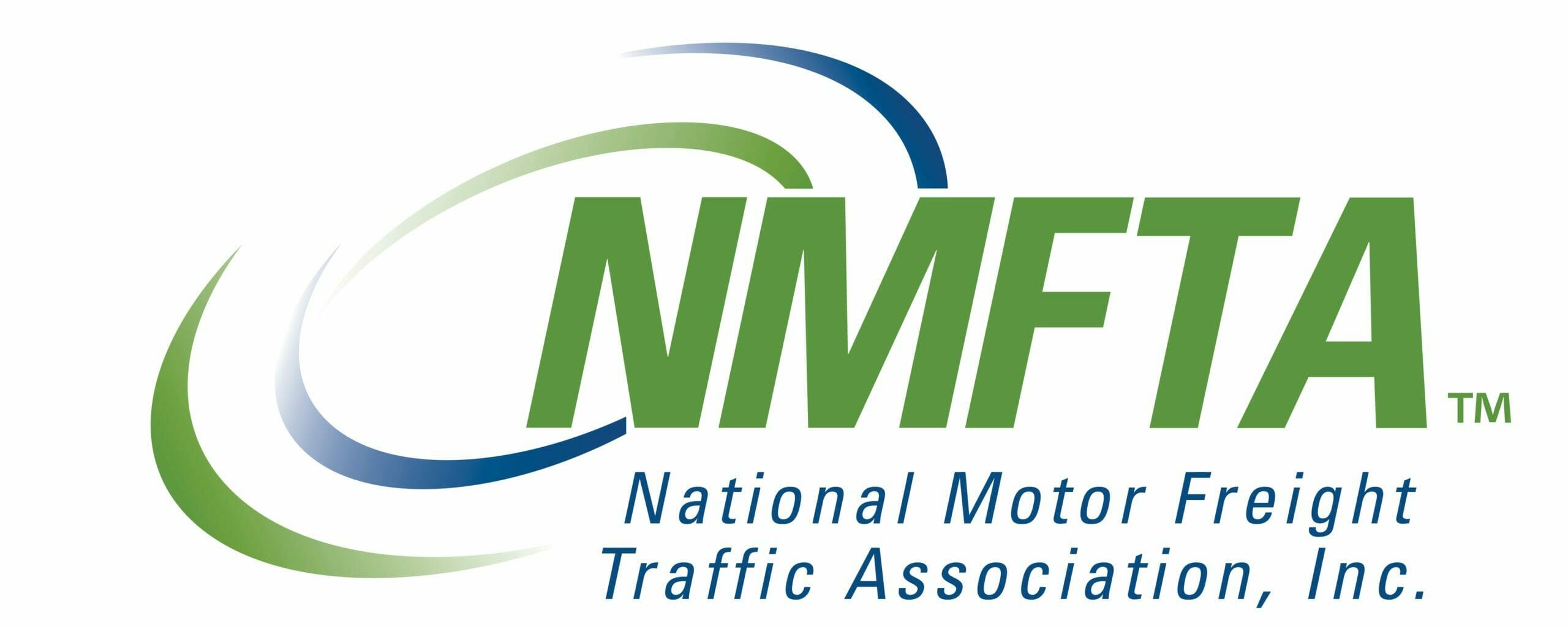If you're shipping products regularly, you'll probably encounter the terms FTL and LTL, meaning full truckload and less-than-truckload. The names are self-explanatory. FTL shipments take up the full truck, while LTL shipments are smaller. But what is considered an LTL shipment, and what are the pros and cons of these shipping methods? This guide explores those questions and more.
What Does Full Truckload (FTL) Mean?
With the FTL method, one shipping trailer contracts to a single shipper, consignee or customer. In most cases, the freight shipment is loaded onto the trailer and goes from point A to point B, where it's unloaded. This form of shipping is popular with businesses that frequently need to move large volumes of stock.
What Does Less-Than-Truckload (LTL) Mean?
With LTL shipments, rather than the entire trailer containing goods heading to one destination, the trailer contains freight from multiple sources. With partial truckload shipping, the carrier makes multiple stops to pick up and drop off goods, and the shipment may be loaded and unloaded multiple times. LTL is suited to occasional, smaller shipments where delivery times can be flexible.
Things to Consider When Choosing FTL vs. LTL
In some cases, the decision between FTL and LTL is obvious. If you have a lot of goods to move and they aren't urgent, waiting to consolidate them in one load may be more convenient and save on shipping costs. However, logistics isn't always that easy. If you're not sure which shipping process to choose, consider the following.
How Much You're Shipping
Most commonly, FTL freight means a load that can fill a 53-foot dry van trailer. If your load is smaller than that, LTL could be a better option. If you're wondering how many pallets are considered LTL, that depends on the shipping company. In general, shipments of one to six pallets are considered LTL, while shipments over that level are good candidates for volume LTL if the carrier offers such a service.
The Size and Weight of Your Shipments
LTL shipping options have size and weight requirements. Typically, a truckload carrier would expect an LTL shipment to be less than 12 linear feet in size. The size and weight of the shipment are also verified when the shipment is loaded and unloaded, which can happen frequently with LTL shipments, so it's important to stick to those requirements.
If you need more flexibility, opting for FTL shipping may be a better idea, as the entire truck is dedicated to your load. As long as it fits, is within the maximum weight limits and meets any freight classification requirements, you should have no issues.
Your Desired Timeline
With FTL shipping, you can have more confidence in the delivery time since the shipment is loaded and headed straight to its destination. With LTL shipments, the truck could go to several other delivery points first, and your shipment may be loaded and unloaded at each point.
This means your shipment travels further, and it could take a lot longer. With that said, if the shipment isn't urgent and you're flexible with delivery times, LTL shipping can be a cost-effective option.
Your Budget
As previously mentioned, one of the biggest benefits of partial truckload shipping is that it's inexpensive. Since you're paying only for the portion of the truck's capacity you're using, it's an affordable way to handle smaller shipments.
However, the economies of scale of a full truckload shipment may come into play if you need frequent deliveries. Filling a truck and having one FTL shipment instead of multiple LTL deliveries can reduce your shipping costs in the long term.
How Fragile Your Shipments Are
One common concern with LTL shipments is potential product damage. LTL shipments are loaded and unloaded more often, and each stop presents the risk of your shipment being lost or damaged. However, this risk can be mitigated if you pack your products carefully.
FTL shipments require less handling, so they're a good option for extremely fragile or delicate items and perishable items that must reach their destination within a fixed time. Of course, it's still important to ensure your shipments are properly packaged even with full truckload shipping, as loads can shift in transit or be damaged during the loading and unloading process.
Final Considerations
If LTL is the mode of surface transportation that makes the most sense for your business, you need to ensure your shipments meet the requirements of your chosen truckload carriers. You also need to abide by freight classification guidelines. Choosing the correct classification code helps ensure your freight is properly handled and charged at the correct rate.
NFMTA's ClassIT software can help your logistics team choose the correct classification codes for your shipments. Contact us today to learn more about ClassIT and how it can help your business manage freight more accurately.

